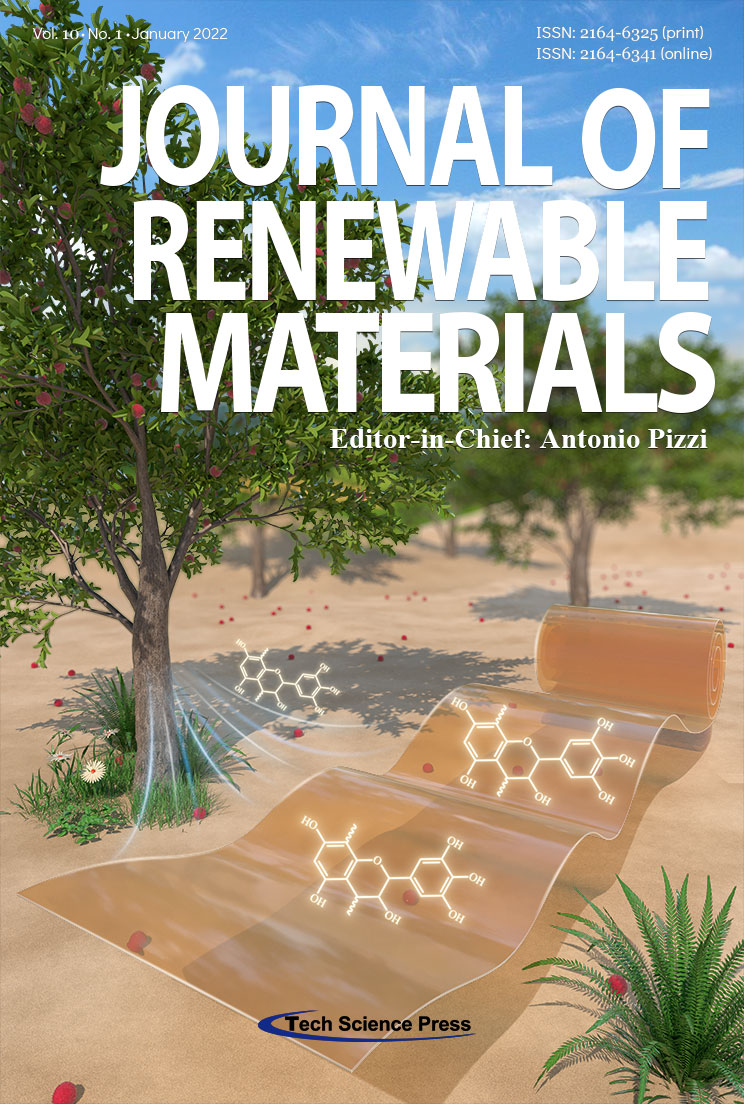Slenderness Ratio Effect on the Eccentric Compression Performance of Chamfered Laminated Bamboo Lumber Columns
Ke Zhou1,2, Haitao Li1,2,*, Assima Dauletbek1,2, Dong Yang1,2, Zhenhua Xiong3, Rodolfo Lorenzo4, Kun Zhou5, Ileana Corbi6, Ottavia Corbi6
Journal of Renewable Materials, Vol.10, No.1, pp. 165-182, 2022, DOI:10.32604/jrm.2021.017223
- 27 July 2021
Abstract Eccentric compression tests on 15 chamfered laminated bamboo lumber (LBL) columns with a height ranging
from 600 to 3000 mm were conducted in order to study the eccentric mechanical performance. The failure of
all specimens was caused by the crack of bamboo fiber in the tensile region. When the ultimate strength was
reached, except specimens with a height of 600 mm, all other specimens could bear large deformation, showing
good ductility. The lateral displacements of the specimens under eccentric compression were approximately parabolic in the direction of column height. The ultimate bending moment of LBL… More >
